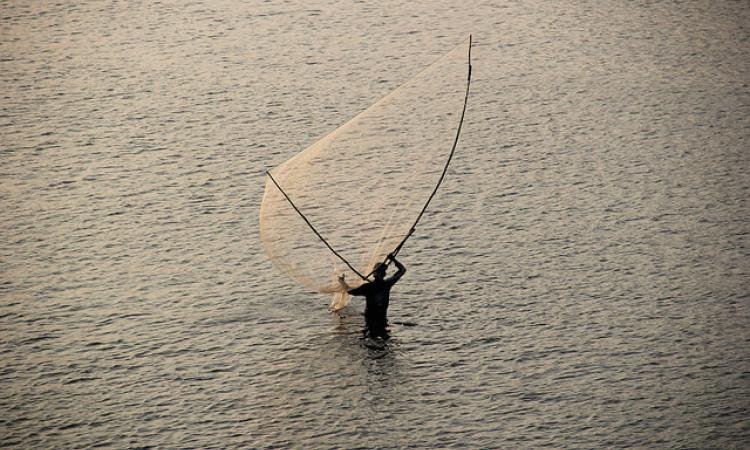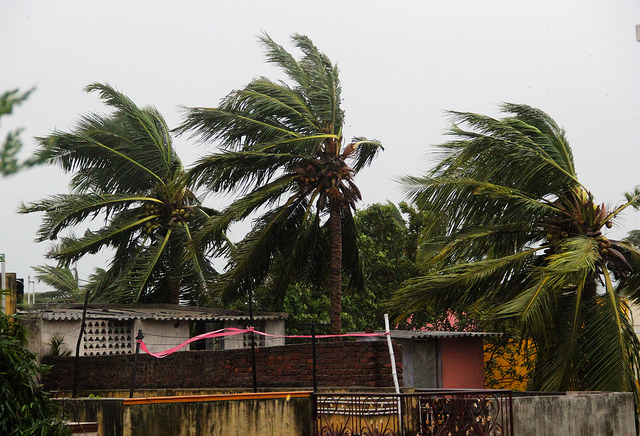
As India completes 70 years of its independence, let’s take a moment to introspect the contribution of science and technology to national development. Several scientific and technological developments have touched the lives of common people, though limelight is often hogged by achievements in fields like space and atomic energy.
In the past seven decades, India has built satellites and sent probes to the moon and Mars, established nuclear power stations, acquired nuclear weapon capability and demonstrated firepower in the form of a range of missiles. Undoubtedly these are all fabulous achievements of Indian scientists and technologists.
At the same time, scientific research, combined with favourable public policies, has made India self sufficient in the production of food, milk, fruits and vegetables, drugs and vaccines. All this has had great social and economic impact which directly and indirectly touched the lives of ordinary Indians. Developments in communications and information technology have enabled the timely forecast of weather and early warning of cyclones, saving thousands of lives. Among the many defining contributions of science and technology in the early years of Indian independence, blue and green revolutions stand out as exceptional. In the later years, India also began participating in global mega science projects taking bold steps to join international scientific quests.
Here’s a lowdown on some of India’s exceptional work in the past and some ongoing projects in the field of science and technology.
Blue revolution: The blue revolution refers to the adoption of a set of measures to boost production of fish and other marine products. It was formally launched with the establishment of the Fish Farmers’ Development Agency during the Fifth Five-year Plan in 1970. Later on, similar development agencies were set up for brackish water development to boost aquaculture in several states. The objective of all this was to induce new techniques of fish breeding, rearing and marketing, as well as initiate production of other marine products like prawns, oysters, seaweeds, pearls and so on, using new techniques and scientific inputs. Scores of new technologies developed by research institutes under the Indian Council of Agriculture Research (ICAR) have been transferred to fish farmers all over the country.
Green revolution: In 1947, India produced about six million tonnes of wheat which was grossly inadequate to meet the total demand forcing the country to depend on large scale imports. With measures such as land reforms, improvements in irrigation facilities, fertiliser production and Intensive Agriculture District Programme, wheat production rose to 12 million in 1964, which was still insufficient to feed all Indians. While all this was going on, plant breeder Benjamin Peary Pal at the Indian Agriculture Research Institute was working on improving wheat varieties to achieve disease resistance and yield. The first breakthrough came in 1961 when a dwarf spring wheat variety with the Norin-10 dwarfing gene–developed by Normal Borlaug in Mexico–was grown in IARI. It was short but had long panicles. Later, semi-dwarf varieties were grown in farmers’ fields, yielding great results. These developments led to the launch of the High Yielding Varieties Programme covering not just wheat but rice, maize, sorghum and pearl millet. The All India Coordinated Wheat Research Project under Pal remains an outstanding example of agriculture research. By 1970, wheat production went up to 20 million tonnes and rice production to 42 million tonnes. Thus began the green revolution, making India self-sufficient in foodgrain production in the decades to come.

Predicting rain: The India Meteorological Department (IMD) is developing a dynamic weather prediction model involving 3D mathematical simulation of the atmosphere on the computer and to test variations of dynamic models to ferret out the best ones for the operational forecast of rainfall. While the ultimate goal is to get operational weather forecasts at a horizontal resolution of 12 km, by 2019, National Monsoon Mission will provide a block-level weather forecast. With the improvements in forecast, 24-hour track and intensity forecast error of the tropical cyclones reduced from 141 km to 97 km and “landfall error” from 99 km to 56 km during 2006 to 2015. The accurate forecast of the recent cyclones, Phailin, HudHud and Vardah saved thousands of human lives.
Churning the sea: Using research vessel Gaveshani, Indian researchers had collected samples of polymetallic nodules from the Arabian Sea in 1981 and India was given a pioneer area for the exploration of deep sea minerals in the Central Indian Ocean Basin in 1987. Subsequently, extensive surveys were carried out leading to allocation of an area of 150,000 sq km with exclusive rights under the UN Law of the sea. India has access to an area of 75,000 sq km with an estimated resource of about 100 million tons of strategic metals such as copper, nickel, cobalt besides manganese and iron. As various national institutions have developed technologies for the extraction of metals from the minerals, India will soon establish First Generation Mine site (FGM) with an area of 18,000 sq km and harvest natural resources from the sea bed. The multi-purpose deep ocean mission will also try to harness deep ocean energy, deep sea fishing along with deep sea mining. Further technologies for seawater desalination to obtain potable water will also be undertaken. (India Science Wire)